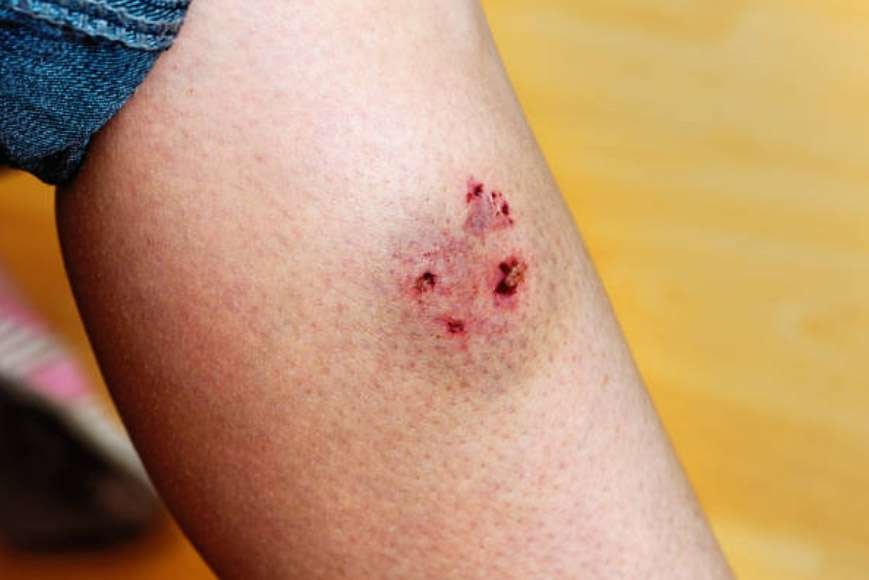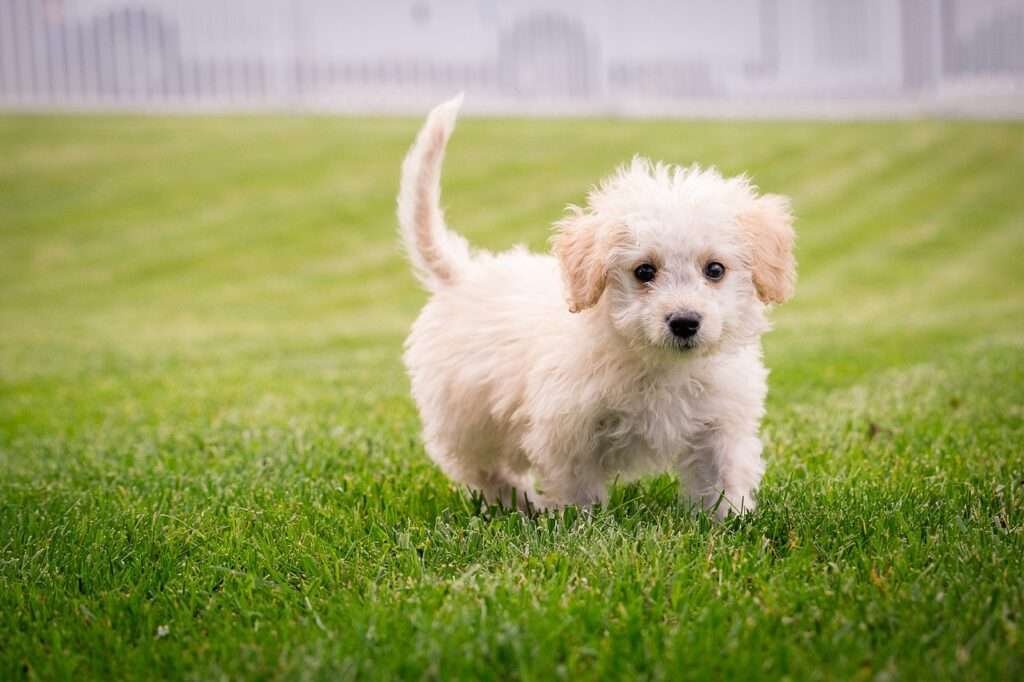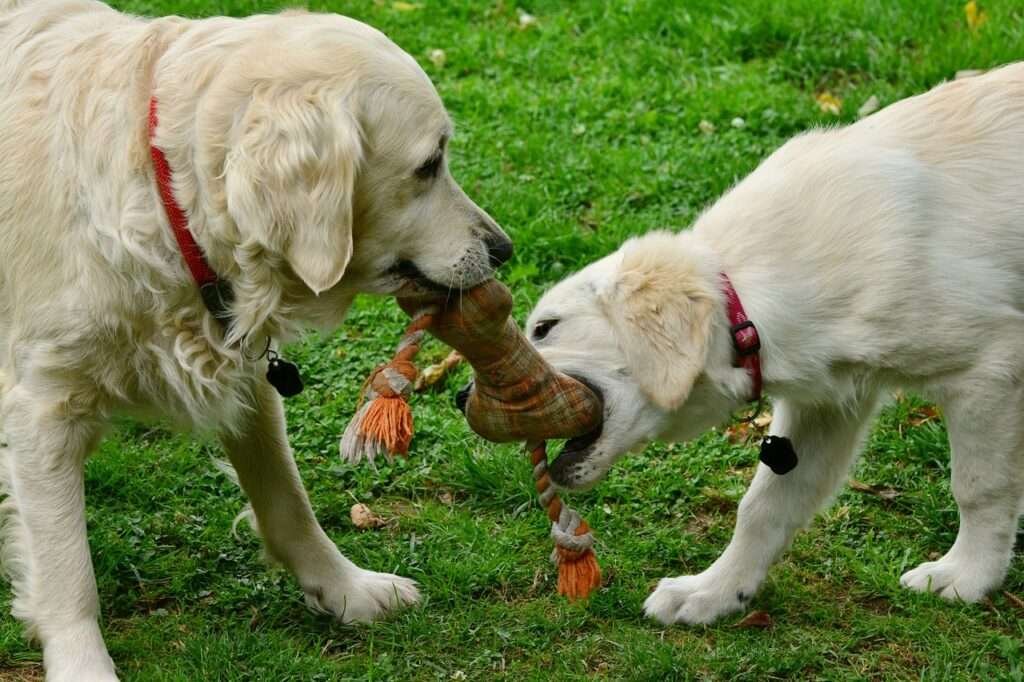Table of Contents
ToggleDog bite treatment
While enjoying playful moments with your dog, You can get unexpected scratches between tail wags and playful growls a nip or a scratch from those sharp canine teeth. Likewise, an unexpected encounter with an unfamiliar dog while walking down the street can lead to a sudden attack.
In either case, prompt action is crucial to treat the wound and minimize the chance of infection. It is essential to seek professional medical attention on the same day.
Dog bites usually pinch the front teeth and compress the tissue, often tearing the skin with the small teeth, resulting in an irregular and open wound. If left untreated and infection sets in, the consequences can be serious.
According to experts, the primary concern after a dog bite is the risk of infection. Immediate medical intervention including hospitalization and intravenous antibiotics may be required. Therefore, it is imperative to consult a primary care provider immediately after a bite.
Regardless of the situation, it is vital to see a doctor within eight hours of the incident to reduce the risk of infection. Delaying treatment increases the chance of complications, especially for people with conditions such as diabetes or a compromised immune system, which increase susceptibility to infection.

how to treat a dog bite
Wash the wound: Clean the wound immediately with mild soap and warm water for five to ten minutes to remove any dirt and bacteria.
Bleeding control: Use a clean cloth to reduce bleeding by applying gentle pressure to the wound.
Apply antibiotic cream: If available, apply over-the-counter antibiotic cream to the wound to help prevent infection.
Bandage the wound: Once the wound is clean and dry, cover it with a sterile bandage to protect it from further contamination.
Get medical attention: It is important to see a doctor immediately after a dog bite, even if the wound seems minor, to assess the severity of the injury and determine if further treatment is needed.
Change the bandage regularly: After your doctor examines the wound, change the bandage several times a day to keep the area clean and promote healing.
Monitor for infection: Keep an eye on the wound for any signs of infection such as redness, swelling, pain, or an increase in fever. If you notice any of these symptoms, contact your doctor immediately for further evaluation and treatment.
Things Doctor can help?
First understand these levels classify the severity of dog bites

Your doctor will want to know more about the dog that bit you and how it happened. They will also likely clean the wound again, apply antibiotic ointment and prescribe antibiotics, such as Augmentin, if there’s an infection concern.
Depending on the wound, your doctor may also recommend stitches. Generally, though, dog wounds are left open to heal unless they are on the face or if they could leave particularly severe scars if left unsutured.
Some antibiotics recommended for dog bites
Amoxicillin/clavulanate 500–875 mg orally 2 times a day
Ampicillin/sulbactam 1.5–3.0 g IV every 6 hours
Trimethoprim/sulfamethoxazole plus 160/800 mg IV every 12 hours
We are suggesting to concert with doctor. Reason is it can vary on age and medical conditions.



